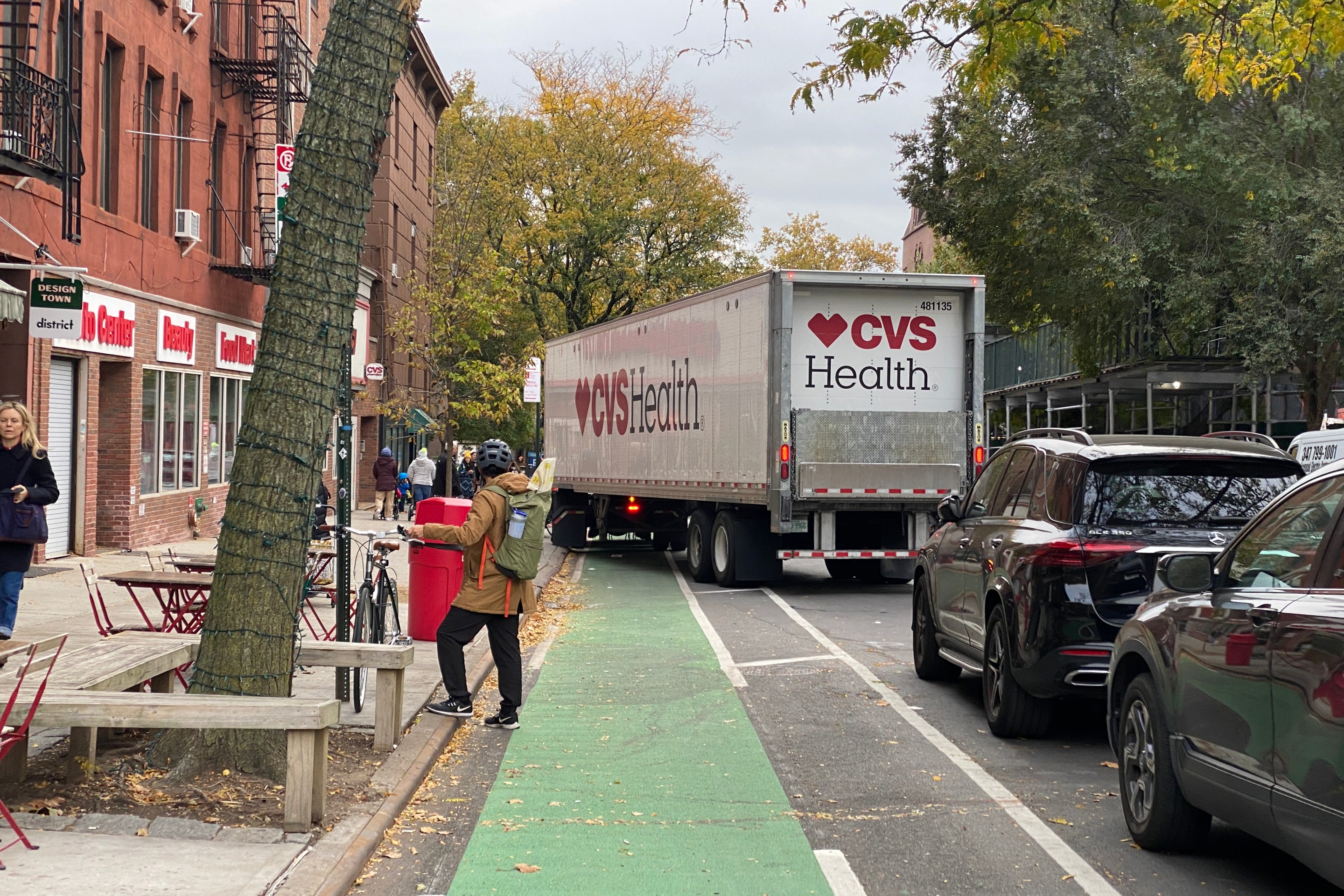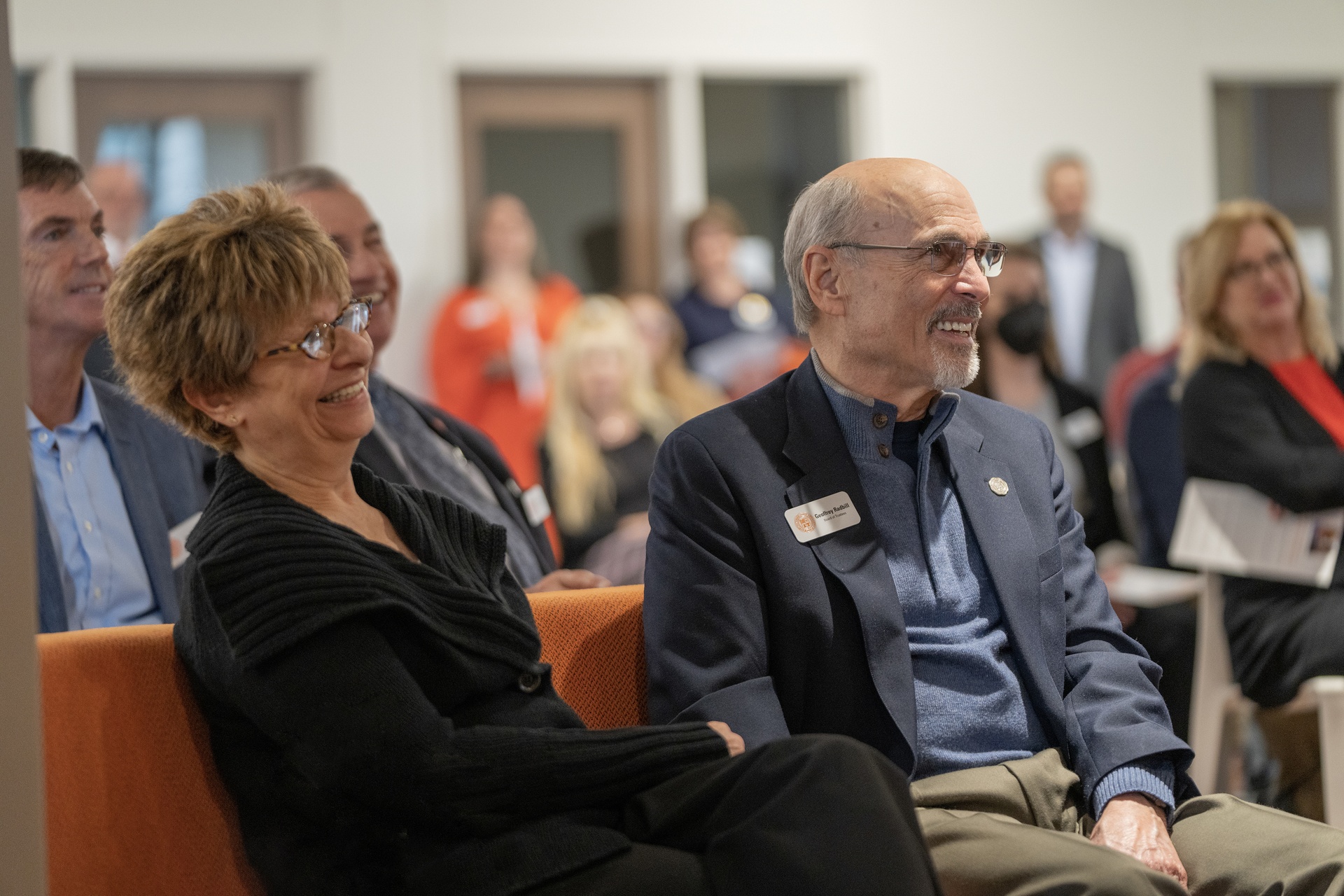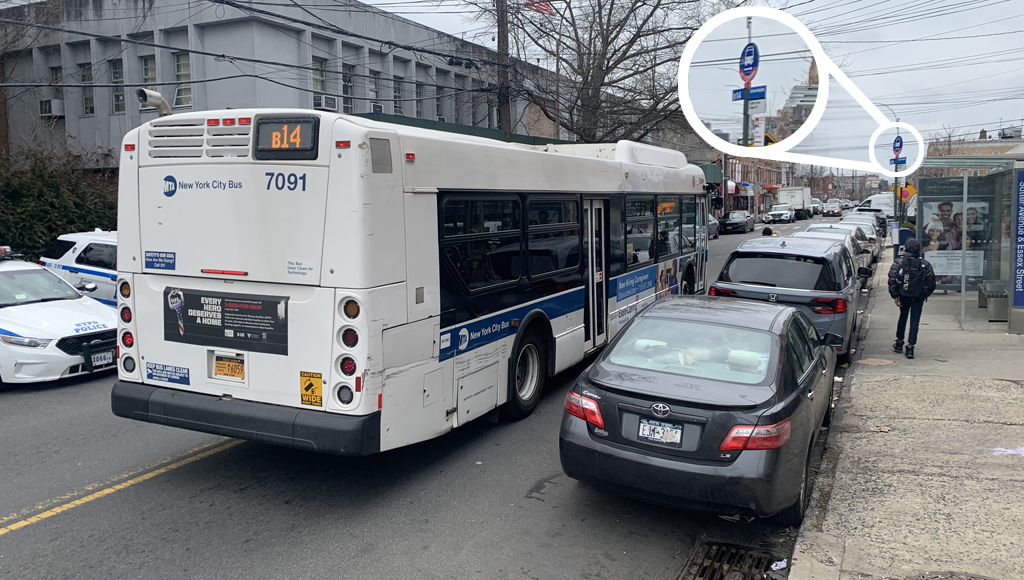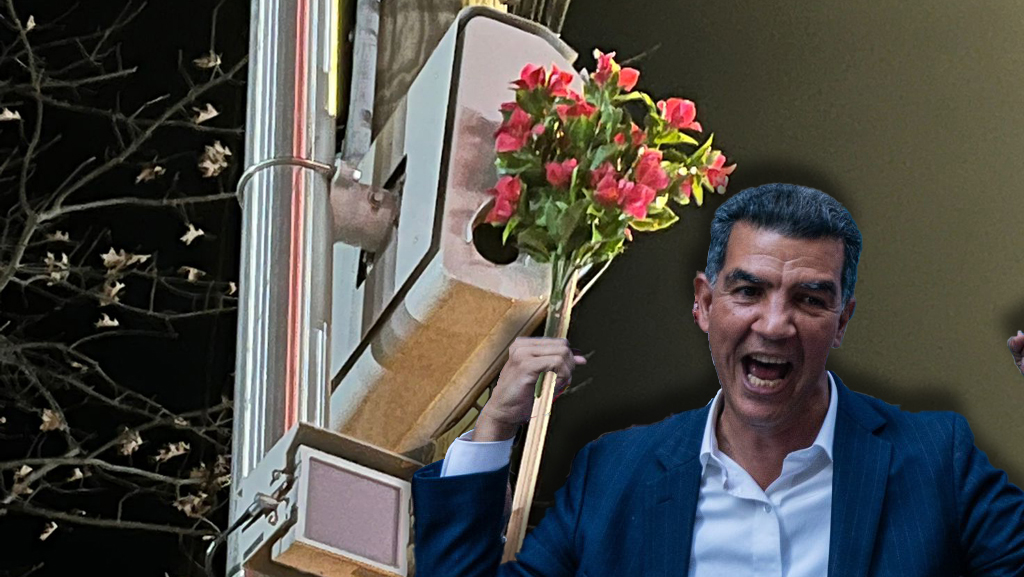Bookending his much-vaunted Earth Day speech with congratulatory video clips from California Gov. Arnold Schwarzenegger and British Prime Minister Tony Blair, Mayor Mike Bloomberg called for New Yorkers to take the initiative in the international fight against global warming, positioning himself as a leader on the issue.
"Climate change is a national challenge,
and meeting it requires strong and united national leadership," the mayor said to an appreciative invited audience at the American Museum of Natural History. "The fact
is, the emerging consensus among scientists is that, to avoid serious
harm, we must reduce our emissions by 60 to 80 percent by 2050. That
means we can't -- and we won't -- wait for Washington. The time to act
is now."
Bloomberg set forth some particulars of an ambitious agenda -- dubbed PlaNYC, and first floated at a speech he gave last December -- for remaking the city's infrastructure in order to prepare for a city with 1 million more inhabitants by the year 2030.
Many of the initiatives he announced were aimed at reducing New York's output of greenhouse gases 30 percent by 2030, creating "the first environmentally sustainable city of the 21st century." The mayor got a big round of applause when he said, "The science [on climate change] is there. It's time to stop debating it and to start dealing with it."
Bloomberg's wide-ranging speech covered everything from affordable housing to cleaner power plants to refurbished parks to cleanup of brownfields. And as expected, a plan for cars to pay to enter Manhattan was a key part of the mayor's wish list. "As long as we're at the Museum of Natural History, let's talk about the elephant in the room: congestion pricing," said the mayor, getting a good laugh.
Here are the basics on the mayor's congestion-pricing plan:
- It would cover Manhattan below 86th St. from 6am to 6pm, Monday through Friday.
- Autos would pay $8 to enter, leave, and move within the zone; trucks would pay $21.
- Trips bypassing the zone on the FDR and West Side Highway would be exempt.
- E-Z Pass users would be credited the amount of their round-trip tolls toward the charge.
- Handicapped license plates, emergency vehicles and transit buses, and taxis and livery cabs would be exempt.
- Payment would be by E-Z Pass; vehicles without E-Z Pass would get bills based on camera-recorded license-plate readings.
- All proceeds would be dedicated to transportation investments.
- The NYC DOT would control the system.
- A three-year pilot program would be paid for with federal funds.
Bloomberg, in anticipation of criticism that has already begun, rolled out a lengthy defense of the idea, mentioning equity -- in effect, congestion pricing would level the charge for entering Manhattan, regardless of which crossing is used -- along with economic and health benefits.
"As the city continues to grow," the mayor said, "the costs of congestion -- to our health, to our environment, and to our economy -- are only going to get worse. The question is not whether we want to pay but how do we want to pay. With an increased asthma rate? With more greenhouse gases? Wasted time? Lost business? And higher prices? Or, do we charge a modest fee to encourage more people to take mass transit?
"I've thought about this question a lot. And I understand the hesitation about charging a fee. I was a skeptic myself. But I looked at the facts, and that's what I'm asking New Yorkers to do. And the fact is in cities like London and Singapore, fees succeeded in reducing congestion and improving air quality. Many people are already paying to drive into Manhattan -- there are tolls on most bridges and the four tunnels. But to avoid those tolls, many people drive through neighborhood streets. That not only clogs the streets, it increases air pollution -- and asthma rates."
The mayor acknowledged that paying for all his ambitious plans wasn't going to be easy, but said the city's fiscal health made this the right time to tackle big projects. He also called for the creation of a new financing mechanism for mass transit. Dubbed the Sustainable Mobility and Regional Transportation (SMART) Authority, it would be funded through contributions from the city, the state, and congestion pricing revenues.
Although the word bicycle didn't cross his lips during the speech, a detailed, glossy report handed out afterwards (you can download it here) listed the promotion of cycling (through accelerated implementation of the city's bike-lane master plan and more bike parking) as one of 16 transit-related initiatives. Others included expanded ferry service, improved access to existing transit, better bus service, strengthened enforcement of traffic laws, and more Muni meters.
Many of the plan's components will need approval from lawmakers in Albany -- approval that is anything but certain. But the folks under the big whale at the museum liked what the mayor was saying just fine.
During the standing ovation that capped things off, one woman was heard shouting, "Bloomberg for President!"
"What, you want another Republican?" her companion asked her.
"I don't care what the label is," she said. "I'd vote for him."
Photo: Sarah Goodyear





